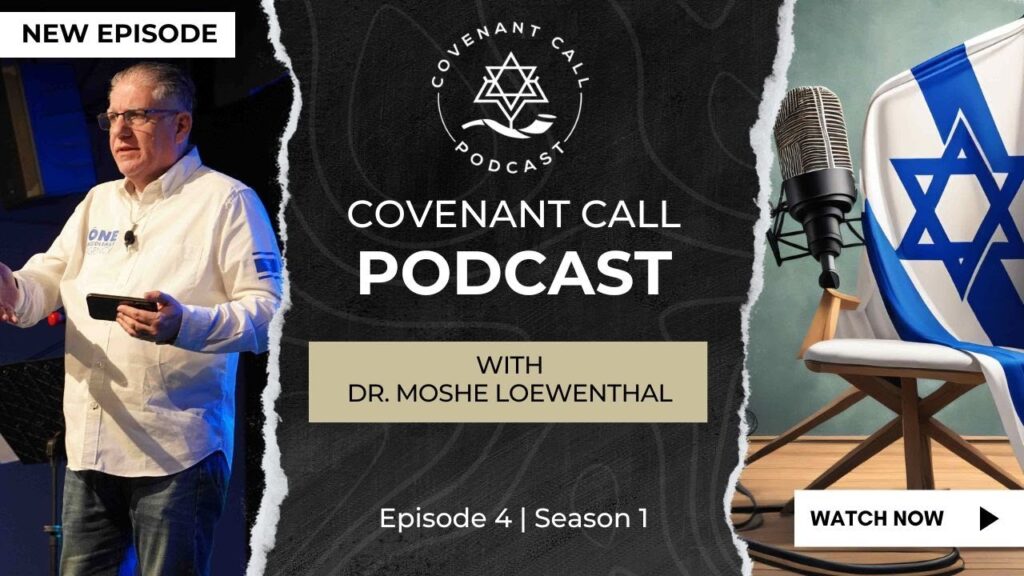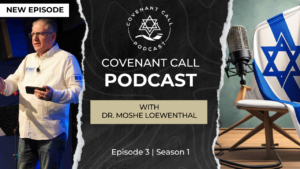And asking questions is indeed one of the best ways to gain answers and deepen our understanding. However, not everyone will realize the art of asking questions effectively. There is a humorous anecdote about a person who approached a Jewish individual and inquired why Jews always responded to a question with another question. The Jewish person cleverly replied, Why not? This witty response highlights the importance of questioning assumptions and prompting critical thinking.
Sometimes answering a question with another question can lead to a greater insight and understanding, challenge us to think more deeply about the topic at hand. It will remind us that questioning is not just about seeking answers, but also about exploring new perspectives and ideas. Yes or no questions can sometimes limit the depth of a conversation and understanding when we pose open ended questions.
They allow for more elaborated responses, fostering a more meaningful exchange of ideas. Similarly, when approaching the Bible, it is essential to seek answers with an open mind and heart. Instead of looking for a simple yes or no answers, we should engage with the text thoughtfully and ask questions that encourage exploration and understanding in our current study on the history of Israel.
We are diving to the Book of Genesis to lay the groundwork for understanding why God chose to establish a nation and why He selected Israel as His chosen people. So let us go into Genesis chapter two. But even before we do that, it is crucial that we will recall the sequence of events from Chapter one in the first chapter of Genesis.
We saw God’s creation unfolding over a span of six days on the first five days. He creates various elements of the universe, like light, the sky, land, seas, vegetation and celestial bodies. On the sixth day, however, God creates living creatures culminating in the creation of humanity that is man and woman in His image. Chapter two of Genesis provides a more detailed account of the creation of humanity, specifically focusing on the creation of Adam and Eve.
However, it is important to note that the events described in verse one to four of Chapter two, are still connected to the narrative of Chapter one. This connection highlights the continuity and coherence of the creation story. Genesis Chapter two. It is as if we witness God’s zooming in or clicking on the sixth day of creation, providing a closer look at the creation of a man and woman.
While the initial narrative of Chapter one gives a broader overview of God’s great work. Chapter two offers a more detailed and intimate account of the creation of humanity and invite us to marvel the wisdom and care of our Creator to reflect the profound significance of our identity in his beloved children. Genesis 2:7 says Then the Lord God formed the man of the earth from the ground and breathed into his nostrils the breath of life and man became a living being.
Genesis 2:7 NASB95. In Hebrew, there are indeed two distinctive words used for creation that convey slightly different nuances in meaning, Yatzar and Barah. The word Barah, denotes the act of creating something out of nothing where there are no preexisting material. It emphasized the divine supernatural aspect of creation, highlighting God’s unique ability to bring it to existence that which it did not previously exist.
It is exclusively used to describe God’s creative activity in the Hebrew Bible, emphasizing his sovereignty and absolute power of all creation. This term is permanently used in the opening verses of Genesis one, where says in the beginning God created or Barah the heavens and the Earth. Now the word, Yatzar. This word generally conveys the idea of forming or fashioning or shaping something that exists.
Material that is preexisting, if often implies a deliberate, intentional act of craftsmanship or molding, suggesting that in the created object it is designed and purposely shaped. It can be used to describe the creative work of humans as well as divine creation. I give an example. It is used to describe God forming Adam from the dust of the ground in Genesis 2:7 from the same word, Yatzar.
We come the word creativity in Hebrew. In summary, while both words convey the concept of creation yet are emphasized formally or fashioning something out of a preexisting material. While Barah, specifically denotes the act of creating, ex nihilo that is from Latin, and means that is exclusively used to describe God’s divine creative activity. Similarly, the name for woman, in Hebrew is Isha, which comes from the word ish, that is Man.
This highlights the close relationship between man, Ish and the woman, Isha, as described in Genesis 2:23, where Adam names his wife, woman because she was taken out of man. So in the early stages of creation, Adam and Eve may have been known as simple as Adam, reflecting his origin from the earth and Isha, or woman reflecting her relationship to Man.
Only the name of Eve, as we commonly used today, came after the fall on Genesis three. Another verse. For this reason, a man shall leave his father and his mother and be joined to his wife, and they shall become one flesh. Genesis 2:24 NASB95. The phrase for this reason in the Biblical text refers to the creation of man and a woman and the subsequent union between them.
In Genesis 2:24 states, therefore, a man shall leave his father and his mother and hold first to his wife, and they shall become all one flesh. The significance of this statement lies in the profound nature of marriage, as understood in Hebrew and Christian traditions. The word they used for hold fast or be joined in Hebrew is Davak, which conveys a sense of being glued together or adhering closely to one another.
This imagery emphasize the inseparable bond that marriage creates between man and the woman. The reason given for this union is that they shall become one flesh. This goes beyond mere physical intimacy and speaks to the deep spiritual and emotional and relational unity that marriage entails. It signifies a profound immersion of two individuals into a single, unified entity, a union that is ordained by God Himself.
In a sense, the union between the husband and wife was rooted in the divine intention for human relationships. It reflects the complementary nature of a man and woman and the profound unity that establish when they come together in marriage. This understanding forms the basis for the sacred institution of marriage in the Hebrew and the Christian traditions, and serves as the guiding principle for marital relationships.
I want to finish saying that in Hebrew there is a linguistic phenomenon known as playing with words or wordplay where the meaning of words is often deeply connected, and it can convey additional layers of understanding. For example, the word for Man in Hebrew is Ish, and when God created the woman, He added the letter He in the word or H.
That is Isha. The addition to this letter H is significant because it resembles the the Hebrew letter He, which is often associate with God himself. Similarly, the word is Isha for a woman containing this letter, He as well. This connection to the letter He, which is also used to represent God in Hebrew, suggests a deeper spiritual significance to the creation of a woman.
It implies that God in His infinite wisdom, added a part of Himself to the creation of a woman, symbolizing a profound unity in connection between man, woman and God. The word play highlights the divine intention behind the creation of a man and the woman, emphasizing the sacredness and the unity of the marital relationship, as well as the spiritual connection between humanity and divine.
I hope that so you can enjoy and see you next time. Shalom from Israel.




